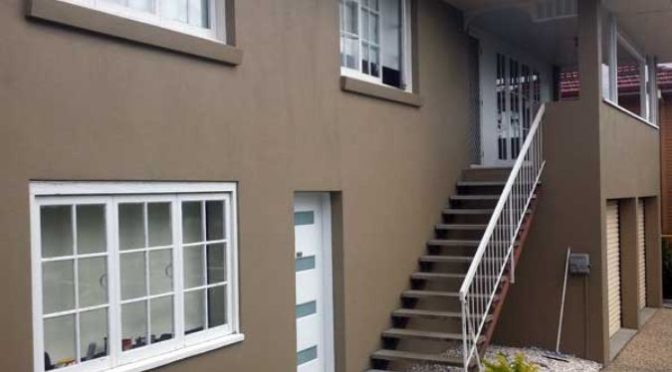External rendering is so essential for your house, but only if you choose the right one. Every climate zone demands specific rendering, and if you fail to get the suitable one for your home, you will not see the outcome you expected, and the durability will be compromised. Every render type responds differently to different climate zones. This is why it is so crucial to take some time when undertaking such tasks.
Here are some tips to choose the right type for house rendering based on your climate zone –
The Importance of Climate
For external walls, render acts as a protective layer. It protects the structure from the weather, including wind, rain, UV radiation, and temperature changes. A render that works well in a dry, temperate climate, however, might not be able to survive the freeze-thaw cycles in colder climates or the continuous dampness of a tropical climate. Selecting a render that blends in with your local environment is therefore essential.
Render Type and Its Suitability
Concrete Render
Concrete rendering is an ideal and cost-effective option for house rendering. It is widely used in different regions because of its durability and sturdiness. However, in areas with a dry climate, it can be prone to cracking.
- Ideal for: Dry, moderate climates with slight variation in temperature.
- Not recommended for: Wet or cold regions without the correct sealing or additives.
Acrylic Render
Acrylic rendering is a rather modern approach to rendering and a great alternative to plastic polymer. It offers flexibility and is resistant to cracking. It is known for its water resistance and breathability.
- Best for: Humid and wet climates like coastal regions.
- Not ideal for: Areas where traditional, breathable finishes are required (e.g., heritage buildings).
Lime Render
A flexible and breathable alternative, lime render is frequently used on old building rendering or in situations where moisture movement through the walls is anticipated.
- Ideal for: Climates with low temperatures or high humidity where walls must “breathe.”
- Not recommended for: Extremely hot or dry conditions, as lime can dry up too soon and crack if improperly cured.
Silicon Render
Finally, we have silicon render, which is highly water-repellent. Its ability to self-clean, flexibility, and popularity have made it an excellent choice for external rendering. This also results in its long-lasting performance.
- Ideal for: Severe climates, such as urban locations that are dirty, damp, and coastal.
- Not suitable for: Because silicone renders are typically more expensive, they are not the best choice for projects with a limited budget.
Choosing the right render type according to your climate zone is essential if you want to get the best outcome for your building. Whether you’re in a coastal region, a cold area, or a dry arid region, here’s what you need to know to make the best decision.
Get Excellent Rendering Services!
SCR Rendering Brisbane specialises in building rendering that include all types of services. No matter the type you prefer for your exteriors, we can deliver it to you. Our team is known for creating the surfaces for your building exterior. Call us at 0422 983 942 for a quick consultation.



